Zirconia Stabilized with Yttria Sputtering Target Description
Zirconia stabilized with yttria sputtering target, often referred to as YSZ (Yttria-Stabilized Zirconia), is an oxide sputtering material that combines zirconium dioxide (ZrO2) with yttrium oxide (Y2O3). This material is known for its exceptional ionic conductivity and is widely used in various high-temperature applications, including fuel cells, sensors, and thin-film coatings.
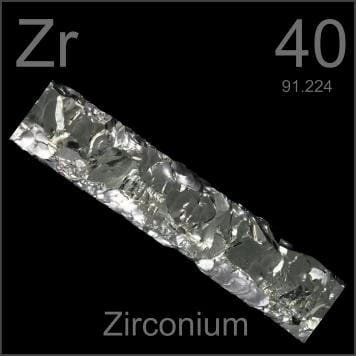 Zirconium is a chemical element with the symbol “Zr,” derived from the Persian word ‘zargun,’ meaning gold-colored. This element was first identified in 1789 by H. Klaproth, and its isolation was later achieved by J. Berzelius. Zirconium has an atomic number of 40 and is located in Period 5, Group 4 of the periodic table, within the d-block. Its relative atomic mass is 91.224(2) Dalton, with the number in brackets indicating the uncertainty.
Zirconium is a chemical element with the symbol “Zr,” derived from the Persian word ‘zargun,’ meaning gold-colored. This element was first identified in 1789 by H. Klaproth, and its isolation was later achieved by J. Berzelius. Zirconium has an atomic number of 40 and is located in Period 5, Group 4 of the periodic table, within the d-block. Its relative atomic mass is 91.224(2) Dalton, with the number in brackets indicating the uncertainty.
Related Product: Zirconium Sputtering Target
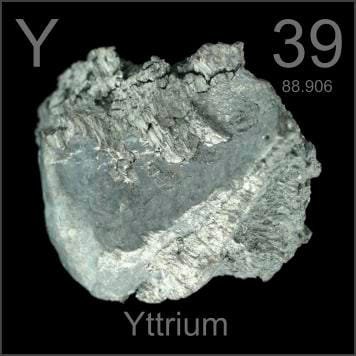 Yttrium is a chemical element with the symbol “Y,” named after Ytterby, Sweden, where it was first discovered. It was first noted in 1794 by J. Gadolin, and its isolation was later accomplished by G. Mosander. Yttrium is positioned in Period 5, Group 3 of the periodic table and belongs to the d-block. Its atomic number is 39, and the relative atomic mass of yttrium is 88.90585(2) Dalton, with the number in brackets indicating the measurement uncertainty.
Yttrium is a chemical element with the symbol “Y,” named after Ytterby, Sweden, where it was first discovered. It was first noted in 1794 by J. Gadolin, and its isolation was later accomplished by G. Mosander. Yttrium is positioned in Period 5, Group 3 of the periodic table and belongs to the d-block. Its atomic number is 39, and the relative atomic mass of yttrium is 88.90585(2) Dalton, with the number in brackets indicating the measurement uncertainty.
Related Product: Yttrium Sputtering Target
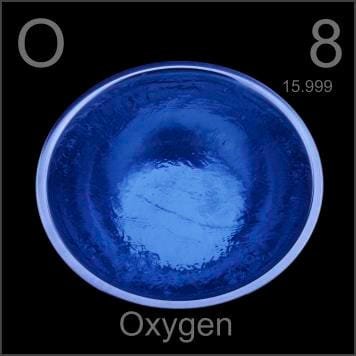 Oxygen is a chemical element with the symbol “O,” originating from the Greek words ‘oxy’ and ‘genes,’ meaning acid-forming. It was first noted in 1771 and observed by W. Scheele, who later accomplished and announced its isolation. Oxygen has an atomic number of 8 and is situated in Period 2, Group 16 of the periodic table, within the p-block. The relative atomic mass of oxygen is 15.9994(3) Dalton, where the number in brackets indicates the uncertainty in this measurement.
Oxygen is a chemical element with the symbol “O,” originating from the Greek words ‘oxy’ and ‘genes,’ meaning acid-forming. It was first noted in 1771 and observed by W. Scheele, who later accomplished and announced its isolation. Oxygen has an atomic number of 8 and is situated in Period 2, Group 16 of the periodic table, within the p-block. The relative atomic mass of oxygen is 15.9994(3) Dalton, where the number in brackets indicates the uncertainty in this measurement.
Zirconia Stabilized with Yttria Sputtering Target Packaging
Our Zirconia Stabilized with Yttria Sputter Targets are meticulously handled to prevent any damage during storage and transportation, ensuring they remain in pristine condition. This careful handling preserves the quality and integrity of the products, guaranteeing they arrive at their destination ready for immediate use.

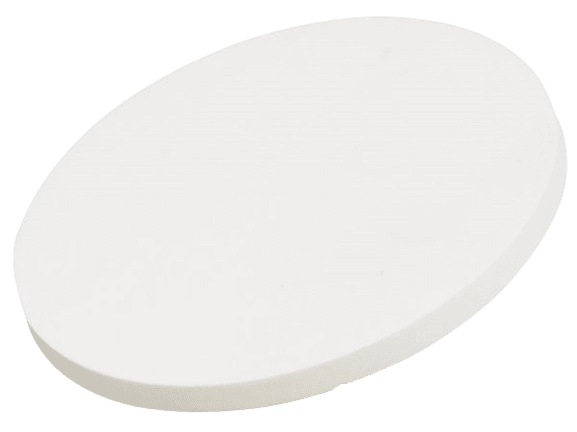
 MSDS File
MSDS File
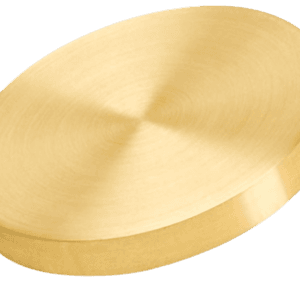
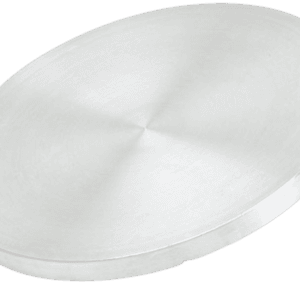
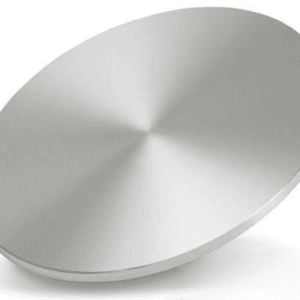
Reviews
There are no reviews yet.